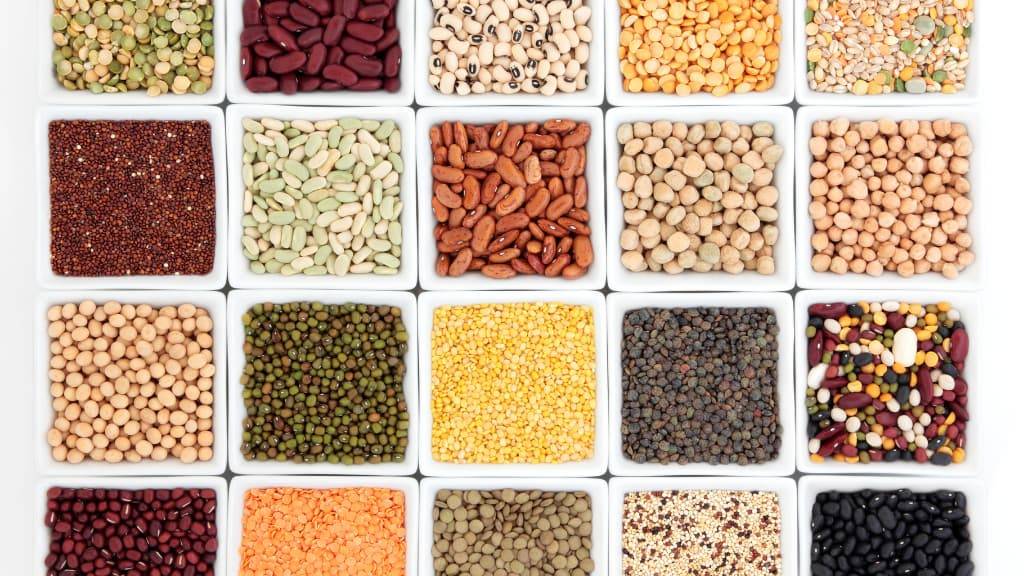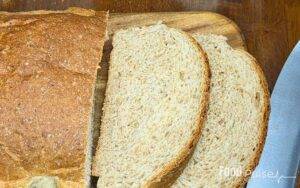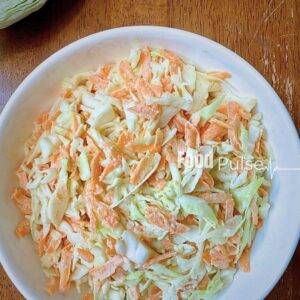Explore this detailed list of pulses for food, how they’re different from legumes and cereals and why they should match cereals as staple in your kitchen.
What are pulses? Meaning and overview
Pulses are dried edible seeds harvested from pods. They are unique for their high protein and fiber content. They’re also mostly affordable and this makes them a vital ingredient in healthy diets.
Pulses vs. Legumes: What's the Difference?
All pulses are legumes but not all legumes are pulses. Legumes are actually a broader category of plants from the Fabaceae family (you can skip the science 🙂). Which means that pulses are a subgroup of legumes. And they specifically refer to the dried seed form. So it doesn’t include crops harvested green like green beans.
A list of 24 pulses
Pulses come in various types, each with specific nutritional profiles, unique flavors and cooking. Here’s a list of 24 pulses categorized as beans, peas, lentils and other pulses.
Beans
- Black beans
Nutrient highlight: rich in antioxidants, particularly anthocyanins
Health benefits: supports heart health and gut microbiome
Cooking tip: goes well with rice
- Kidney beans
Nutrient highlight: high in iron, potassium, and dietary fiber
Health benefits: has a low glycemic index
Cooking tip: needs thorough cooking to deactivate natural toxins
- Navy beans
Nutrient highlight: good source of folate and magnesium
Health benefits: may support cognitive health
Cooking tip: ideal for dishes needing creamy texture
- Pinto beans
Nutrient highlight: high in copper and manganese
Health benefits: boosts energy production and antioxidant defense
Cooking tip: good for mushy creamy dishes
- Mung beans (Green Gram)
Nutrient highlight: high in vitamin C and K
Health benefits: supports digestion
Cooking tip: can be sprouted for added nutrients
- Adzuki beans
Nutrient highlight: high in protein and folate
Health benefits: may have detoxifying properties
Cooking tip: can use in sweet desserts like red bean paste
- Lima beans (Butter beans)
Nutrient highlight: good source of molybdenum and iron
Health benefits: supports enzyme activity and energy production
Cooking tip: best if simmered to maintain a buttery texture
- Cannellini beans
Nutrient highlight: high in calcium and magnesium
Health benefits: promotes bone health
Cooking tip: good for soups and salads
- Cranberry beans (Roman beans)
Nutrient highlight: rich in potassium and phosphorus
Health benefits: helps maintain electrolyte balance
Cooking tip: retains its nutty flavor even after cooking
- Fava beans (Broad beans)
Nutrient highlight: high in protein and vitamin B6
Health benefits: may improve mood and brain function
Cooking tip: you may (or may not) peel
- Black-eyed peas (Black-eyed beans, Cowpeas)
Nutrient Highlight: high in folate and zinc
Health Benefits: boosts immunity and supports fetal development
Cooking tip: goes well with spicy flavors in stews or mixed with rice
Peas
- Chickpeas (Garbanzo beans)
Nutrient highlight: good source of fiber and plant-based protein
Health benefits: Supports weight management and heart health
Cooking tip: great for salads, hummus or roasted snacks
- Dried green peas
Nutrient highlight: high in vitamin C and protein
Health benefits: supports skin health and collagen production
Cooking tip: food for soups and casseroles
- Pigeon peas
Nutrient highlight: high in thiamine and magnesium
Health benefits: supports nerve health
Cooking tip: good for stews
Lentils
- Red lentils
Nutrient highlight: high in folate and beta-carotene
Health benefits: supports vision and cell repair
Cooking tip: cooks quickly and has creamy texture
- Green lentils
Nutrient highlight: high in protein and iron
Health benefits: may fight anemia and fatigue
Cooking tip: maintains shape well, good for salads
- Yellow lentils
Nutrient highlight: high in B vitamins and manganese
Health benefits: helps manage stress
Cooking tip: good for soups and stews
- Black lentils
Nutrient highlight: rich in protein and calcium
Health benefits: promotes bone health and muscle growth
Cooking tip: cook with aromatics like garlic, onions, bay leaves for extra flavor
- Brown lentils
Nutrient highlight: high in phosphorus and dietary fiber
Health benefits: supports kidney health and digestion
Cooking tip: Great for stews and slow-cooked meals
- French lentils (Puy lentils)
Nutrient highlight: high in iron and magnesium
Health benefits: boosts red blood cell production
Cooking tip: holds shape well, good for gourmet salads
Other Pulses
- Split peas (Yellow or Green)
Nutrient highlight: high in potassium and fiber
Health benefits: supports heart health and digestion
Cooking tip: best for hearty soups and stews
- Bambara beans (Bambara groundnut)
Nutrient highlight: high in protein and potassium
Health Benefits: good for energy and hydration
Cooking tip: Can be milled into flour for beans cakes
- Lupins
Nutrient highlight: high in protein and low in carbohydrates
Health benefits: good for low-carb diets, supports muscle repair
Cooking tip: can be pickled for a healthful snack
- Marrowfat peas
Nutrient highlight: high in starch and energy
Health benefits: provides quick energy and is easy to digest
Cooking tip: good for making mushy pea dishes
Differences between cereals and pulses
What they are
Cereals are edible grains cultivated from grasses. Some examples are rice, wheat, sorghum and corn. As you already saw, pulses are dried seeds from legumes and 24 examples are listed above.
Nutritional profile
Cereals are high in carbohydrates and mainly provide energy and fiber (the whole grains). Pulses, on the other hand, are high in protein, fiber, some micronutrients as well as some carbohydrates.
Farming
Pulses enrich the soil by fixing nitrogen so it reduces the need for synthetic fertilizers. Cereals have high yields but usually require more intensive soil management.
Why you should include more pulses in your diet
1. They’re rich in plant proteins
Pulses are essential for all kinds of diet and most especially vegetarians, vegans and those reducing meat consumption. They contain high-quality protein needed for muscle repair and growth.
2. They’re high in fiber
Dietary fiber in pulses supports digestion, lowers cholesterol and can help manage blood sugar levels.
3. Low Glycemic Index
Pulses are not as high in carbs as cereals so they’re great in maintaining a good blood sugar balance.
4. Packed with micronutrients
They’re rich in many different kinds of vitamins and minerals like iron, zinc, magnesium and folate, among others. And this goes a long way to reduce micronutrient deficiency.
5. Affordable and good for soil health
Pulses are among the most budget-friendly among all the food groups. And if we want to talk about the environment, they help nurture the soil by promoting nitrogen fixation. So they’re good for your body, good for your wallet and good for the soil. That’s a triple win.
Pulses should be a staple in your kitchen
Choosing pulses is a triple win – a win for your body by providing critical nutrients, a win for your wallet by being affordable and a win for the soil by promoting nitrogen fixing. They’re versatile and make for a great variety of meals. You can start with a simple rice-and-beans dish, adding to your salads or this traditional 3-ingredient nutrient-dense food dish from Northern Ghana.





